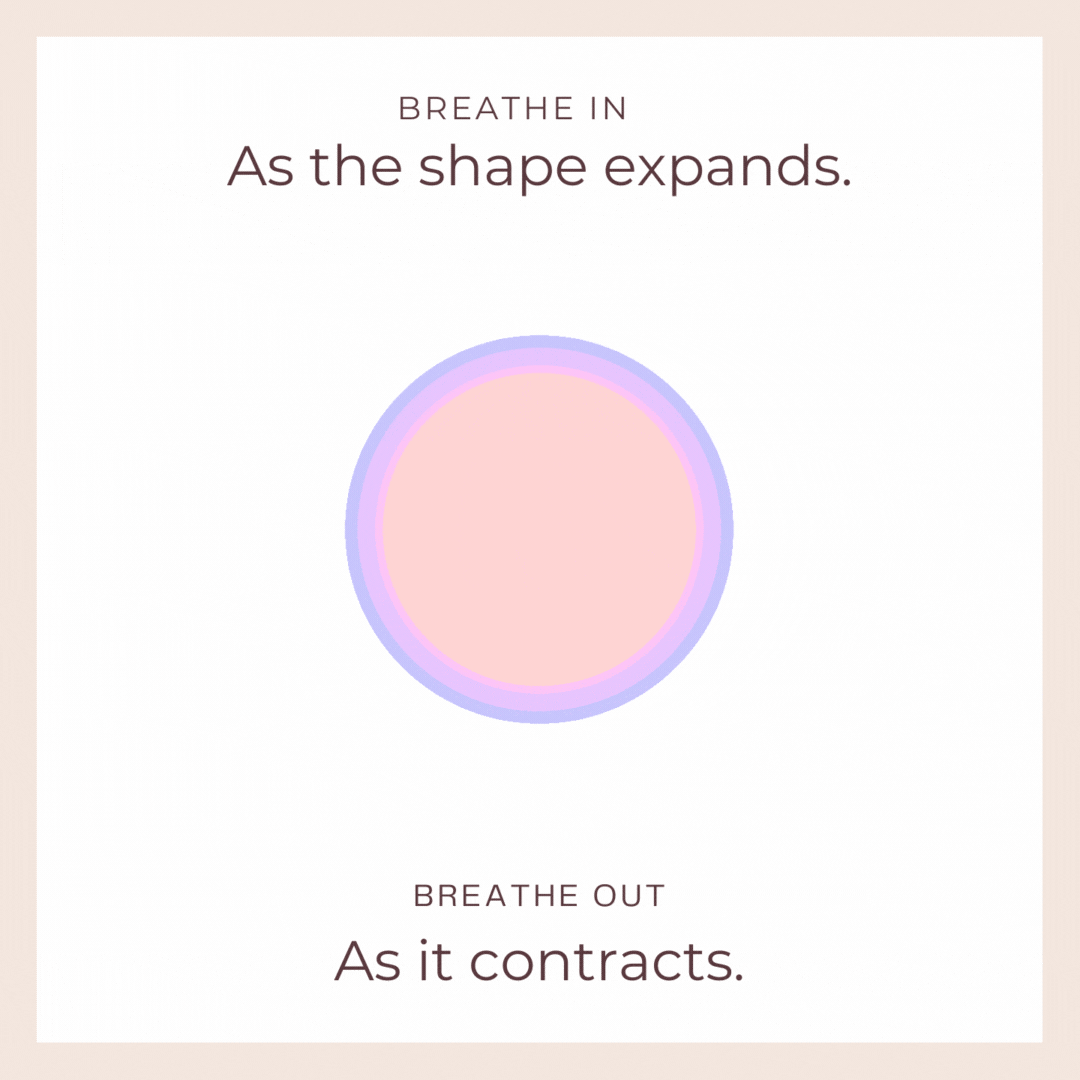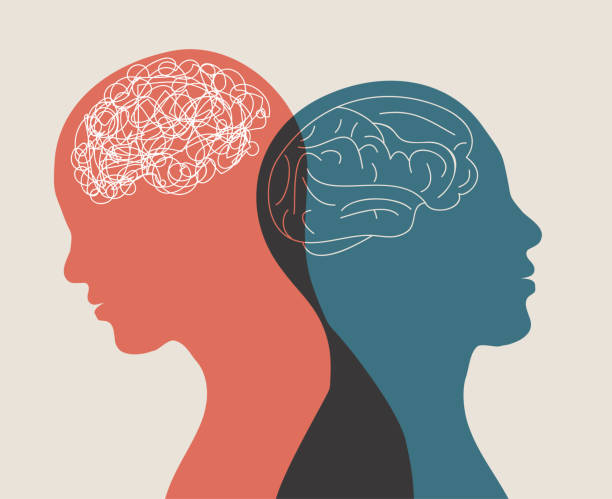“Let the rain kiss you. Let the rain beat upon your head with silver liquid drops. Let the rain sing you a lullaby.” — Langston Hughes
Rain can be poetic and soothing, but when it turns extreme—think relentless storms, floods, and hurricanes—it often becomes a source of stress, anxiety, and trauma. The psychological impact of heavy rain and extreme weather events has become a crucial area of study as climate change makes these occurrences more frequent and intense.
Read More- Ways to Develop Mental Health
Heavy Rain and Extreme Weather
Heavy rain events, floods, hurricanes, and other extreme weather phenomena have surged in frequency and severity worldwide (IPCC, 2023). These weather extremes don’t just inconvenience daily life—they disrupt homes, livelihoods, and safety. But beneath the surface, there’s a less visible, yet equally important effect: mental health.

Why does extreme weather affect our mental health? At its core, it’s about uncertainty, loss, and survival. Sudden, uncontrollable natural events trigger stress responses in the brain. When rain pours relentlessly, and floods engulf neighborhoods, people face threats to their safety, displacement, and trauma—each a powerful stressor.
Psychological Effects of Heavy Rain and Extreme Weather
Some of the psychological effects of heavy rain include-
1. Acute Stress Reaction
Imagine the sky darkening, the rain pouring harder, rivers swelling, and the worry that your home might flood. The initial response is often acute stress—our brain’s immediate reaction to danger.
The amygdala (our brain’s alarm system) goes into overdrive, flooding the body with stress hormones like cortisol and adrenaline (McEwen, 2007). This fight-or-flight reaction is vital for survival but exhausting if prolonged.
2. Post-Traumatic Stress Disorder (PTSD)
Severe flooding or catastrophic weather can cause trauma, leading to PTSD symptoms such as flashbacks, nightmares, hypervigilance, and emotional numbness (Neria, Nandi & Galea, 2008).
For example, after Hurricane Katrina in 2005, studies found that over one-third of survivors experienced symptoms of PTSD (Galea et al., 2007). Similarly, floods have been linked to increased PTSD risk in affected communities (Fernandez et al., 2015).
3. Depression and Anxiety
Loss of home, livelihood, and routine due to weather disasters contributes to feelings of helplessness and despair.
Research has shown that people affected by floods often report higher rates of depression and anxiety disorders (Paranjothy et al., 2011). The chronic uncertainty about future events can exacerbate generalized anxiety disorder and lead to prolonged psychological distress (Clayton et al., 2017).
4. Grief and Loss
Heavy rain and floods don’t just wash away belongings—they can take lives, pets, and memories. The grief from these losses can be profound and prolonged (Fullerton, Ursano & Wang, 2004).
Why Does Rain Affect Mood Even When Not Extreme?
Even outside disasters, heavy rain and gloomy weather can influence mood.
Research points to a phenomenon called Seasonal Affective Disorder (SAD), where reduced sunlight and overcast skies cause depressive symptoms in some people (Lam & Levitan, 2000).

Rainy days can also reduce serotonin production, impacting mood regulation (Young, 2007). So, the psychological effect of rain ranges from mild gloominess to severe mental health challenges during extreme events.
How to Protect Your Mental Health from the Storm
Now for the good news! Psychological resilience is like an umbrella—we can open it before the storm arrives.
1. Prepare Mentally, Not Just Physically
Just as you stock up on supplies before a storm, preparing psychologically is key.
- Build awareness: Understanding how extreme weather affects mental health can reduce fear of the unknown.
- Develop a plan: Knowing evacuation routes and safety measures reduces anxiety.
Studies suggest that communities with better disaster preparedness report less psychological distress after events (Norris et al., 2008).
2. Stay Connected
Social support is a powerful buffer against stress.
Humans are wired for connection. During floods or heavy rain, keeping in touch with family, friends, or community groups can provide emotional support and practical help.
One study found that social support reduces PTSD symptoms after disasters by fostering a sense of belonging and safety (Kaniasty & Norris, 2008).
3. Practice Mindfulness and Grounding Techniques
Mindfulness meditation and grounding exercises help calm the amygdala’s alarm.
Simple practices like focusing on your breath or noticing five things you can see, hear, or touch can anchor you in the present during anxiety spikes.

Research supports mindfulness-based interventions in reducing disaster-related stress and improving coping skills (Jain et al., 2007).
4. Limit Exposure to Distressing Media
It’s tempting to follow continuous news coverage during storms, but overexposure can increase stress and anxiety.
Set limits on media consumption and rely on trusted sources for updates.
5. Seek Professional Help When Needed
If anxiety, depression, or trauma symptoms persist, reaching out to mental health professionals is crucial.
Cognitive-behavioral therapy (CBT) has proven effective in treating disaster-related PTSD and anxiety (Roberts et al., 2019).
Fun Psychological Facts About Rain and Mood
To lighten things up—did you know?
- The smell of rain, called petrichor, can actually boost mood by triggering happy memories (Abraham et al., 2012).
- People often feel more introspective and creative during rainy days—a chance to tap into the brain’s default mode network (Crawford et al., 2020).
- Some cultures celebrate rain as a symbol of renewal and cleansing, helping shift perspective from gloom to gratitude.
Weathering the Storm Inside and Out
Heavy rain and extreme weather challenge us not just physically but emotionally and mentally. Understanding the psychological impact of these events equips us to prepare and protect our mental health with the same diligence we protect our homes.
Next time the skies darken and the rain pours, remember—it’s okay to feel uneasy. But with awareness, connection, and care, you can build a mental umbrella strong enough to weather any storm.
References
Abraham, M., Bronner, G., Shani, A., & Sobel, N. (2012). “Smelling rain: How humans identify petrichor, the smell of rain.” Science Advances, 8(2), eabb4796.
Clayton, S., Manning, C., & Hodge, C. (2017). “Psychological research on climate change and mental health.” Current Opinion in Psychology, 15, 11-16.
Crawford, T., Atkinson, R., & White, L. (2020). “Rain and introspection: Effects on creative thought.” Psychological Science, 31(6), 673-684.
Fernandez, A., Black, J., Jones, M., Wilson, L., Salvador-Carulla, L., Astell-Burt, T., & Black, D. (2015). Flooding and mental health: A systematic mapping review. PLoS ONE, 10(4), e0119929.
Fullerton, C. S., Ursano, R. J., & Wang, L. (2004). Acute stress disorder, posttraumatic stress disorder, and depression in disaster or rescue workers. American Journal of Psychiatry, 161(8), 1370-1376.
Galea, S., Brewin, C. R., Gruber, M., Jones, R. T., King, D. W., King, L. A., & Kessler, R. C. (2007). Exposure to hurricane-related stressors and mental illness after Hurricane Katrina. Archives of General Psychiatry, 64(12), 1427-1434.
IPCC. (2023). Climate Change 2023: The Physical Science Basis. Intergovernmental Panel on Climate Change.
Jain, S., Shapiro, S. L., Swanick, S., Roesch, S. C., Mills, P. J., Bell, I., & Schwartz, G. E. (2007). A randomized controlled trial of mindfulness meditation versus relaxation training: Effects on distress, positive states of mind, rumination, and distraction. Annals of Behavioral Medicine, 33(1), 11-21.
Kaniasty, K., & Norris, F. H. (2008). Social support and traumatic stress: Evidence for the buffering hypothesis in postdisaster contexts. Journal of Traumatic Stress, 21(2), 111-121.
Lam, R. W., & Levitan, R. D. (2000). Pathophysiology of seasonal affective disorder: A review. Journal of Psychiatry & Neuroscience, 25(5), 469-480.
McEwen, B. S. (2007). Physiology and neurobiology of stress and adaptation: Central role of the brain. Physiological Reviews, 87(3), 873-904.
Neria, Y., Nandi, A., & Galea, S. (2008). Post-traumatic stress disorder following disasters: A systematic review. Psychological Medicine, 38(4), 467-480.
Norris, F. H., Stevens, S. P., Pfefferbaum, B., Wyche, K. F., & Pfefferbaum, R. L. (2008). Community resilience as a metaphor, theory, set of capacities, and strategy for disaster readiness. American Journal of Community Psychology, 41(1-2), 127-150.
Paranjothy, S., Gallacher, J., Amlôt, R., Jones, D., & Donaldson, L. (2011). Psychosocial impact of flooding: A review of the literature. PLoS Currents, 3.
Roberts, N. P., Roberts, P. A., Jones, N., & Bisson, J. I. (2019). Psychological therapies for post-traumatic stress disorder and comorbid substance use disorder. Cochrane Database of Systematic Reviews, (12).
Young, S. N. (2007). How to increase serotonin in the human brain without drugs. Journal of Psychiatry & Neuroscience, 32(6), 394-399.
Subscribe to PsychUniverse
Get the latest updates and insights.
Join 3,022 other subscribers!
Niwlikar, B. A. (2025, May 23). 5 Ways to Protect Your Mental Health from the Storm and Rain. PsychUniverse. https://psychuniverse.com/mental-health-storm-and-rain/



